Homeschool planning can be stressful and chaotic OR you can figure out some ways to create a sane schedule without going crazy.
Wanna know the secret to sane homeschool planning?
The secret to successful homeschool planning is to work backwards.
If you don’t know where you want to go, it’s hard to know if you’re getting there.
Homeschool Planning Tip: Work Backwards
Instead of beginning by planning out our days, we have to start with the big picture and work our way backwards. When you look at your school year this way, it’s easy to get overwhelmed. But don’t worry, I promise it will all come together!
In our first homeschool planning 101 post, we chatted about setting realistic goals (if you haven’t had a chance to read that one, be sure to start there).
The school year
You’ll want to begin by looking at what your goals are for each of your kids for the upcoming school year. What books do you want them to read? What curriculum do you want them to accomplish in the school year?
Breaking it down even further…months (or weeks)
Next, you’ll want to determine how many months will be in your school year.
Because we take off several weeks for Christmas break and a couple weeks are usually devoted to our traveling and speaking in the Spring months, it’s often easier for me to look at it in terms of weeks in our school year.
Will you hold to a traditional September through May school year? Will you homeschool year round? How many months or weeks will you devote to your school year? This helps us as we break down our goals even further.
What you need to accomplish in a week
Once you’ve determined how many weeks you’ll be homeschooling throughout the year, you can determine what needs to be accomplished each week to meet your goals for the year.
Use a page like the one below to write down your yearly goals and weekly target to meet those goals. This will come in handy as you move through the process. (You can download an editable PDF like this one to use for planning your school day at the bottom of this article.)
For instance, maybe you determine your student needs to have completed reading 1 literature book every 3 weeks, 5 math lessons per week, 3 chapters in history, 1 paper every 6 weeks, etc.
Your weekly schedule is completely based on your personal goals for each of your children. Write down what you want each of your kids to accomplish in a given week before moving on to the next step.
What does your day look like?
Now that you know what needs to be accomplished each week, you can determine what your daily schedule will be. A few questions to ask yourself before you get going…
- Will you have a 5-day-week school schedule? Or will you have a 4-day schedule so one day can be set aside for co-op, field trips, or alternative activities?
- Will you do every subject every day? Or will some subjects only be done a few days a week?
- Are there state requirements you need to keep in mind? Are there specific number of school hours you need to log per week?
I plan my kids’ weeks out using a schedule like the one below with the days across the top and subjects across the side. (You can download an editable PDF like this one to use for planning your school day at the bottom of this article). Take your plan for what needs to be accomplished throughout the week and divide it up into the appropriate boxes.
Do you have an older child/teen? With my older kids, I give them some flexibility in determining their daily schedule. They know what needs to be completed in a week and they choose how to divide it all up.
Not only do I get less complaining about their school schedule, there’s an added benefit of giving them practice in planning (a skill they need to learn anyhow!).
Test Your Homeschool Plan by Putting it into Action
Now you have a plan! Let’s put it to the test.
Once you get started with your plan, you’ll quickly find out whether or not it will work for your family. Be sure to give the plan a 4-6 week trial before being too hasty to change things up. Sometimes it takes time for everyone to get into the groove of things.
Be sure to jot notes down each week, indicating what worked and what didn’t. And more importantly, can you determine why they didn’t work?
- Do you have kids that are too distracted by their surroundings?
- Are you starting your school day too late in the morning?
- Maybe it’s because there was sickness in the family that week or unexpected guests?
- Or do you have too much planned for certain days of the week?
If your plan didn’t work, it’s time to evaluate and change things up. Don’t be afraid to make changes, sometimes we don’t get things right the first time around, and that’s ok!
Are you ready to get started? Download the planning documents to make this year your best homeschooling adventure yet!
These documents are editable. You can change the name, dates, and subjects in the PDF documents to fit your needs.
Final Pro Tip for Planning Your Homeschooling Year…
My final tip for you: work towards helping your kids become independent learners. This has truly transformed our homeschool days. When mom or dad don’t have to hold all their kids’ hands and teach every. single. subject. it makes our days more manageable!
Look for courses that can be time-consuming for you, the parent, and find a curriculum that’s engaging and fosters independence. We think Experience Astronomy, Experience Biology, and Experience Chemistry do a pretty great job at this!
More Homeschool Planning Tips:
- Homeschool Success Tips for Transitioning from the Child to Teen Years
- Balance Amidst the Chaos: Tips for Homeschooling, Work-at-Home Parents
- Stop the Homeschool Chaos: Practical Strategies for Independent Learning
- Do You Make One of These 13 Homeschooling Mistakes?

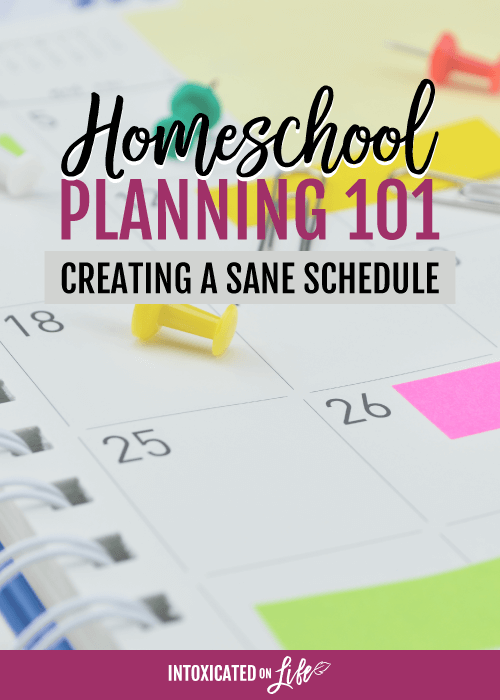
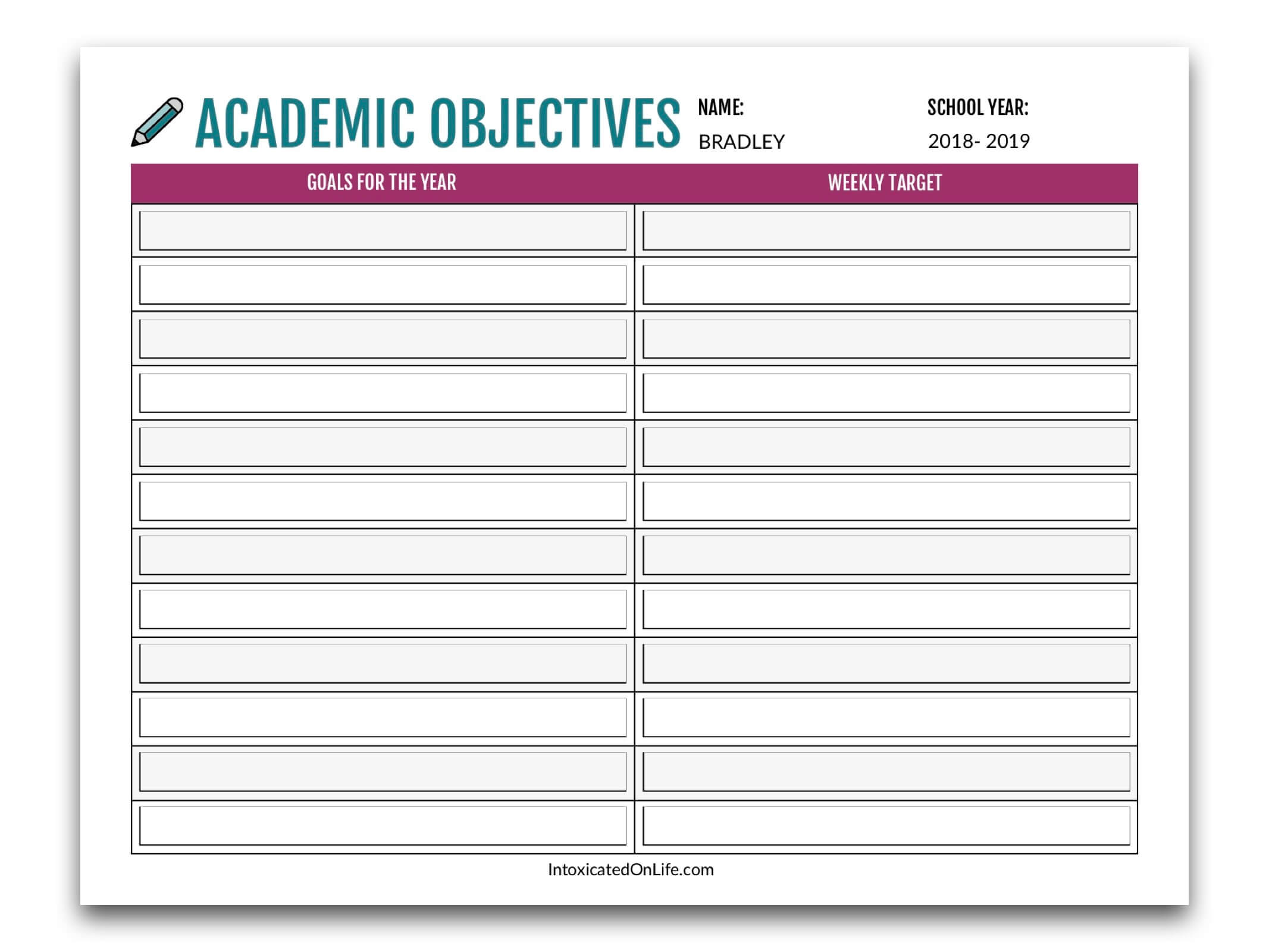
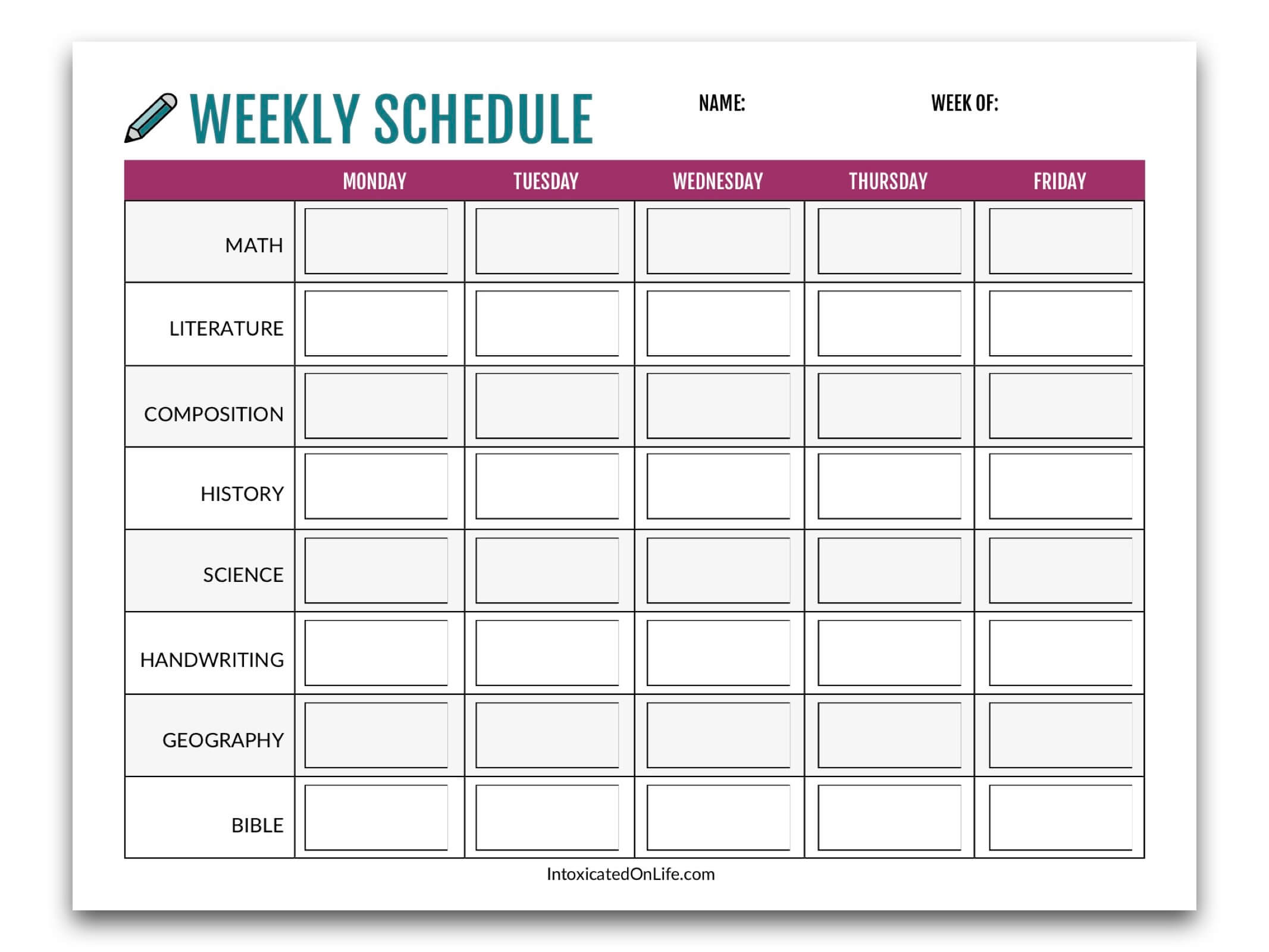




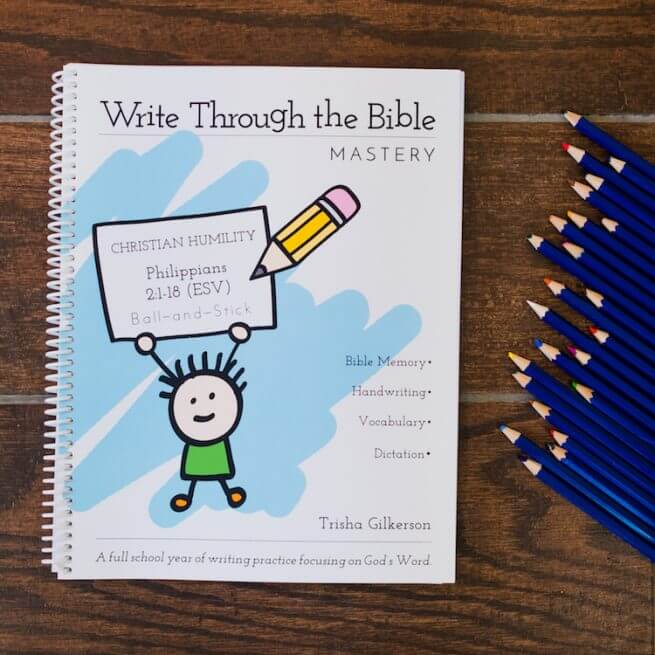
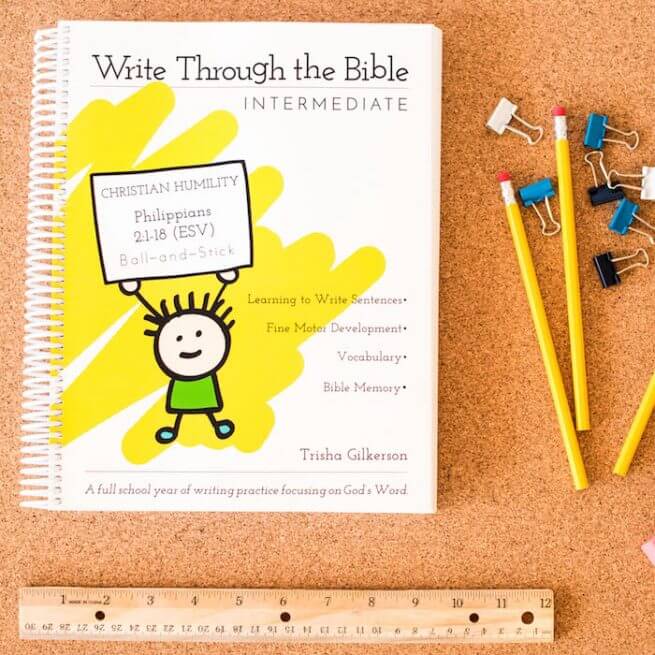
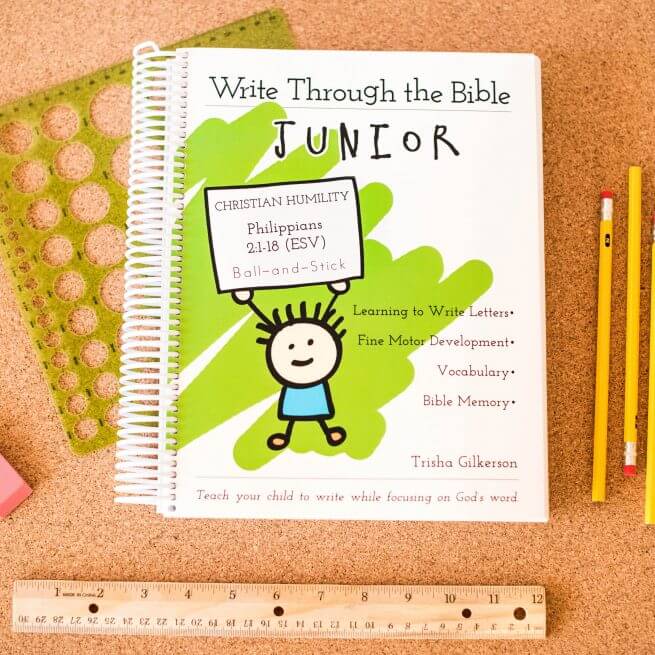


Great post! This is our first year homeschooling. It took a while to get into the groove but I feel like we finally mostly figured it out. I can always stand to be more organized!